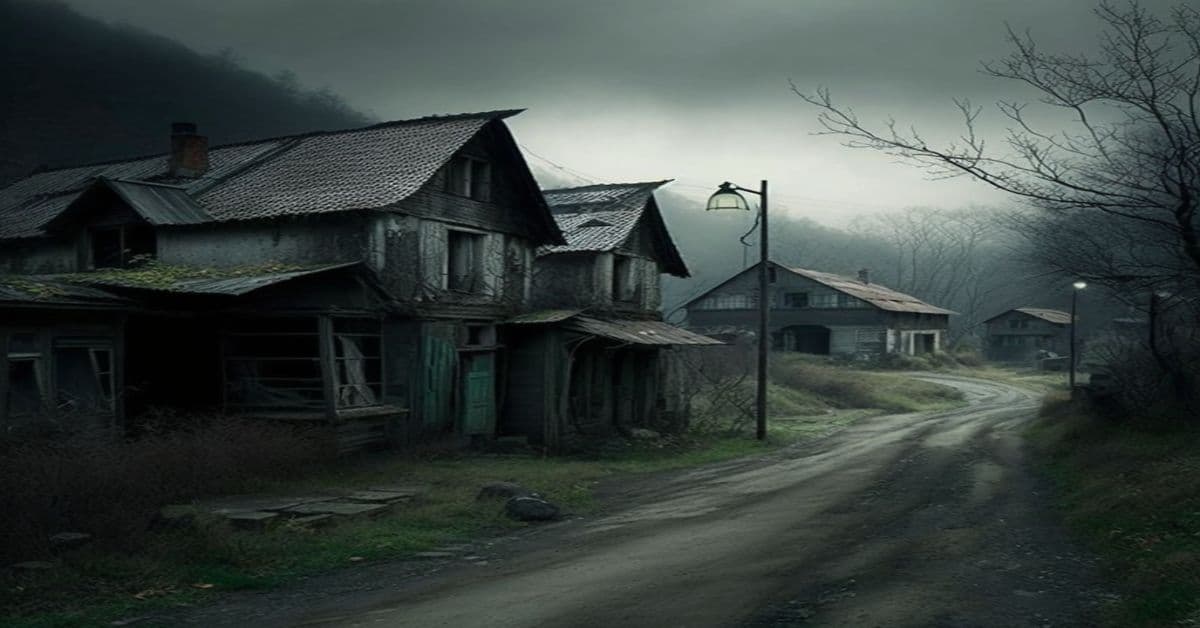Nestled in the scenic Okanogan County of Washington lies a hidden gem waiting to be explored – Riverside, a semi-ghost town with a unique charm that attracts visitors today.
Despite being bypassed by the railroad in 1914 and a modern highway built to the north of town, Riverside still holds remnants of its early prosperity, making it a fascinating destination for history buffs and curious travelers alike.
Once a bustling center for mining and farming communities, Riverside owes its early prosperity to its strategic location for road transportation, freight teams, and boats. Its cool winter and summer climate make it an ideal place to visit year-round.
Although the town has seen a decline in population over the years, some original buildings still stand, providing a snapshot of its rich history.
With its captivating past and present, Riverside is a semi-ghost town that promises to take visitors on a journey through time, offering a glimpse into a bygone era.
Key Takeaways
- Riverside was once a prosperous town due to its strategic location for transportation and river traffic.
- The town’s decline began when it was bypassed by the railroad and a modern highway was built to the north.
- Some original buildings still stand in Riverside, including the old school, store, and post office.
- Riverside’s semi-ghost status attracts visitors who are interested in its rich history and local legends of ghostly encounters.
Location and History
Riverside, a semi-ghost town in Okanogan county, has a rich historical significance dating back to the early 1900s. The town’s early prosperity was due to its road location, freight teams, and boats, with the Okanogan River flowing past the town.
Riverside was a center for a vast area of mining and farming communities, and its economic development was thriving. The town had some original buildings that still remain today, showcasing its past glory.
However, Riverside’s prosperity was short-lived as it was bypassed by the railroad in 1914, and a modern highway was built to the north of the town, leading to its decline. The river traffic finished for the year after floodwaters subsided, and the town’s economy took a significant hit.
Nonetheless, Riverside remains an important historical landmark, and its semi-ghost status attracts visitors to witness its past glory.
Transportation and Trade
Despite its early prosperity as a transportation hub for boats and freight teams, Riverside’s fate was sealed when the railroad bypassed the town in 1914. This development deprived the town of its major source of transportation and trade, leading to a gradual decline in its economic fortunes.
- The railroad’s bypass was a significant blow to Riverside’s economy, as it severed the town’s connection to major trade routes and markets. The town’s location on the Okanogan River had made it an important hub for river traffic, but this source of transportation was limited to the flood season. With the railroad’s arrival, Riverside hoped to become a major transportation junction, but these ambitions were dashed when the railroad bypassed the town entirely.
- The impact of the railroad bypass was felt in every aspect of life in Riverside. The town’s population dwindled as people moved away for better opportunities, and many businesses closed down due to lack of customers. The decline of the town’s economy meant that many of its buildings fell into disrepair, and some of them were eventually lost to time and neglect.
Despite this, Riverside remained a semi-ghost town, with some original buildings and a unique history that continues to attract visitors today.
Current State and Attractions
One can still visit the remains of some original buildings in Okanogan County that serve as a reminder of Riverside’s early prosperity as a center for mining and farming communities. These buildings, now abandoned and in varying degrees of decay, offer a glimpse into the town’s past.
The old Riverside School, the Riverside Store, and the Riverside Post Office are among the structures that still stand. Visitors can also explore the old cemetery where many of the town’s pioneers are buried.
Despite its semi-ghost status, Riverside has not been entirely forgotten. Local legends abound about ghostly encounters and paranormal activity in the town. Some visitors have reported seeing apparitions of old residents, while others claim to have heard strange noises and voices.
Whether or not these stories are true, they add to the allure of Riverside as a place that still holds mysteries and secrets from its past.
Frequently Asked Questions
What was the population of Riverside at its peak?
Like a river that ebbs and flows, the population of Riverside fluctuated over time. At its peak, population statistics indicate that the town was home to several hundred residents, but demographic changes and economic shifts led to its eventual decline.
Are there any ghost stories associated with the town?
There is no evidence of haunted locations or documented supernatural encounters in Riverside. However, like many small towns, local folklore, legends, and myths may be associated with the area.
What types of businesses were present in Riverside during its heyday?
During its heyday, Riverside served as a center for mining and farming communities. The local economy was supported by businesses such as freight teams and river traffic. Some historic landmarks, including original buildings, remain in the semi-ghost town.
Was there any notable person or event associated with Riverside?
Riverside did not have any notable person or historic event associated with it. However, the town served as a center for mining and farming communities and prospered in the early days due to its strategic location for transportation.
What is the current status of the Okanogan River flowing past the town?
The Okanogan River flows past Riverside, providing fishing opportunities for locals and tourists. However, its impact on local wildlife is significant. The river’s fluctuating water levels and temperatures affect fish populations and habitat, while also influencing the surrounding ecosystem.


